On the morning of Friday, June 15, 1945, with the war still raging in the Far East, Liberator JT985 of No 232 Squadron took off from RAF Holmsley South in the New Forest, on the first leg of its long flight to Palam, India.
The first refuelling stop was scheduled to be at RAF Castel Benito, near Tripoli in North Africa.
This Liberator was a passenger-carrying ‘RY-3’ (US designation) variant, with passenger accommodation in the former bomb bay area as well as within the main fuselage, and was distinguished easily from the twin tail fin bomber variants so well known with Coastal Command and the USAAF by its single large tail fin. It was unarmed.

The aircraft was under the command of Flt Lt Saxon Cole RCAF; other crew members were Fg Off Donald Twaddle RCAF (co-pilot), Fg Off Joseph Todd RCAF (navigator), Fg Off George McPherson RCAF (radio officer [and an American citizen]) and Sgt George Wyke RAF (flight engineer). The passenger load consisted not of VIPs, as was the more normal load for such a flight, but of 22 airmen being sent out as urgently needed groundcrew at Palam.
The weather at Holmsley South was poor, but both the captain and the duty executive officer considered it suitable for take-off, but poor enough for a diversion to be likely if an early return was necessitated. JT985 departed at 0720 hours.
At 0745 hours, shortly after crossing the coast outbound, the aircraft reported a loss of fuel pressure and that the crew were turning back to carry out a precautionary landing at Holmsley South. This information was repeated again 10 minutes later.
At around 0815 hours the owner of Encombe House, Sir Ernest Scott, and a worker at Encombe dairy saw the aircraft, which was obviously below the height of the hills, and both knew instinctively that it was going to crash.
It impacted on the edge of what is now the Dorset Coastal Path, the wings were ripped off and the engines detached and were thrown forward towards Orchard Hill Farm, one wing coming to rest on the footpath (not a public footpath) in Polar Wood leading from the top of the ridge to the farm. There were no survivors.
The first to reach the scene were an RAF sergeant by the name of Reginald Reynolds, who was staying at Encombe House, and members of an Army searchlight battery located between the farm and the village of Kingston; they were soon joined by RAF personnel from, presumably, nearby RAF Worth Matravers. The National Fire Service from Swanage was soon on the scene, as were local police officers.
When the low cloud lifted at about eleven o’clock a scene of total devastation was revealed.
The tragic remains of 27 bodies was joined by much in the way of personal belongings such as a baby’s photograph, playing cards, personal notebooks, wallets and the like, together with a Distinguished Flying Cross (DFC), thrown from its box but which was also retrieved.
Who did the DFC belong to? Not any of the crew or passengers, so maybe it was being taken to India for presentation to its owner?
There was also a large amount of tropical uniform items and, to the delight of the local children, tins of boiled sweets.
The bodies of the crash victims were eventually taken away to Poole Mortuary. This was, and still is, Dorset’s worst ever air crash.

The crash of Liberator JT985 in June 1945 was not the only fatal aircraft accident on North Hill above Encombe.
On the afternoon of Friday, March 18, 1938, a student on the torpedo course at the Torpedo Training Unit at RAF Gosport took off at 2.15pm in a Mk 1 Swordfish K5985 on a training cross-country flight to Roborough, just north of Plymouth.
The pilot was Plt Off Frederick Edgar Williams, aged 21, his two passengers ‘along for the ride’ were Cpl Cyril John Coles, 32, and LAC David Samuel Hurrel, also 21.

Plt Off Williams had just over 200 hours in his logbook, of which 25 were on the Swordfish.
He was briefed to return to Gosport if the weather en route deteriorated, but he seems to have encountered low cloud approaching the Purbecks and tried to duck under it, passed low over Orchard Hill Farm at 2.45pm, clipped the top of the trees in Polar Wood – leaving sections of the aircraft in the tree tops – and nose-dived into the steep hillside some 300 yards away, the Bristol Pegasus engine detaching and rolling further down the valley.
All three onboard were probably killed instantly, despite the brave efforts of local man Bob Dorey, who climbed up from Encombe House to the blazing wreckage with two fire extinguishers and attempted to get close enough to the Swordfish to pull them from the inferno.

Other local folk also tried to get near to the wreckage but were beaten back by the heat of the flames.
Personnel from the Sick Bay Unit at RAF Warmwell attended the scene and had the difficult task of retrieving the three bodies and manhandling them to the top of the ridge before taking them back to base in their ambulance.
The coroner’s inquest recorded a verdict of accidental death.

These tragedies are commemorated through a Purbeck Stone memorial seat at the site of the two crashes.
It serves a twofold purpose: it reminds us of those who gave their lives in the service of the country at the spot, and also provides somewhere for those walking the Dorset coastal footpath as it passes by to pause awhile and enjoy the beautiful scenery across the Jurassic Coast toward the English Channel and perhaps also reflect upon why the seat is there.
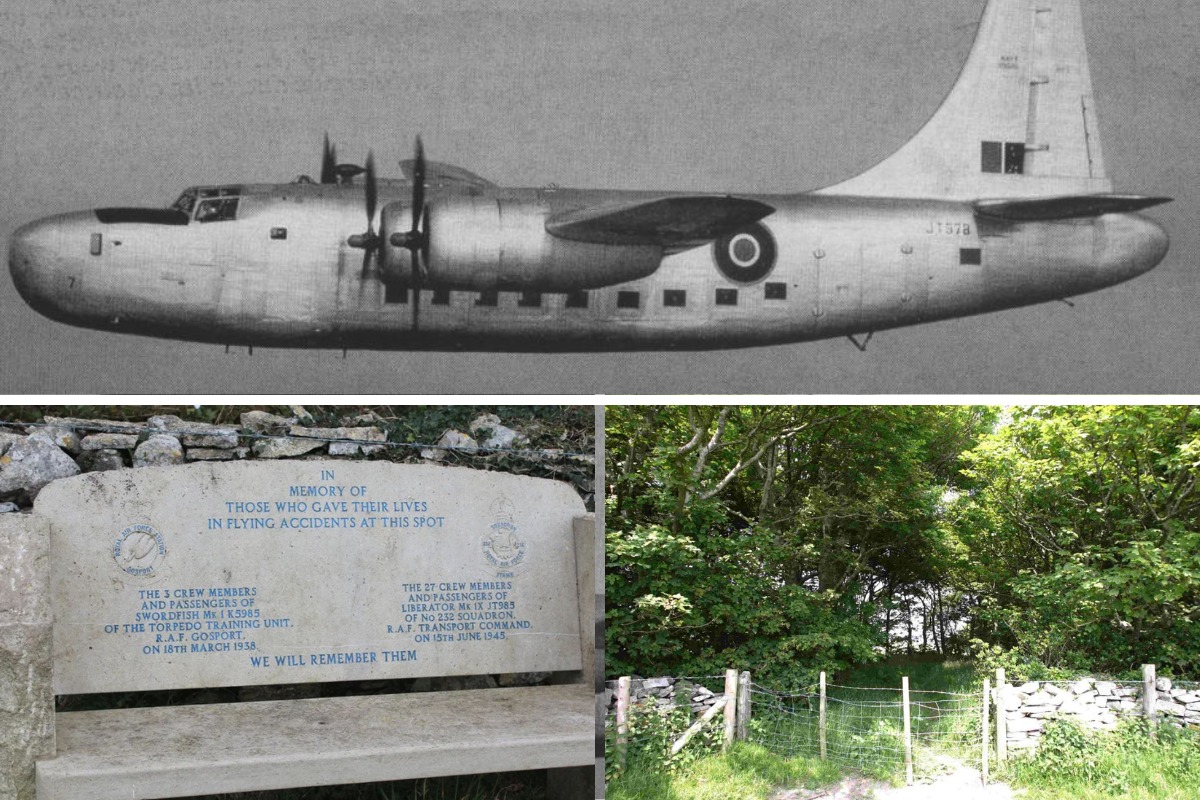
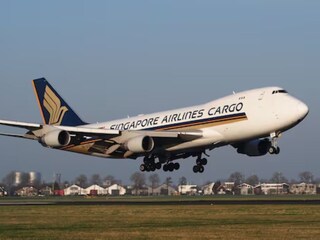
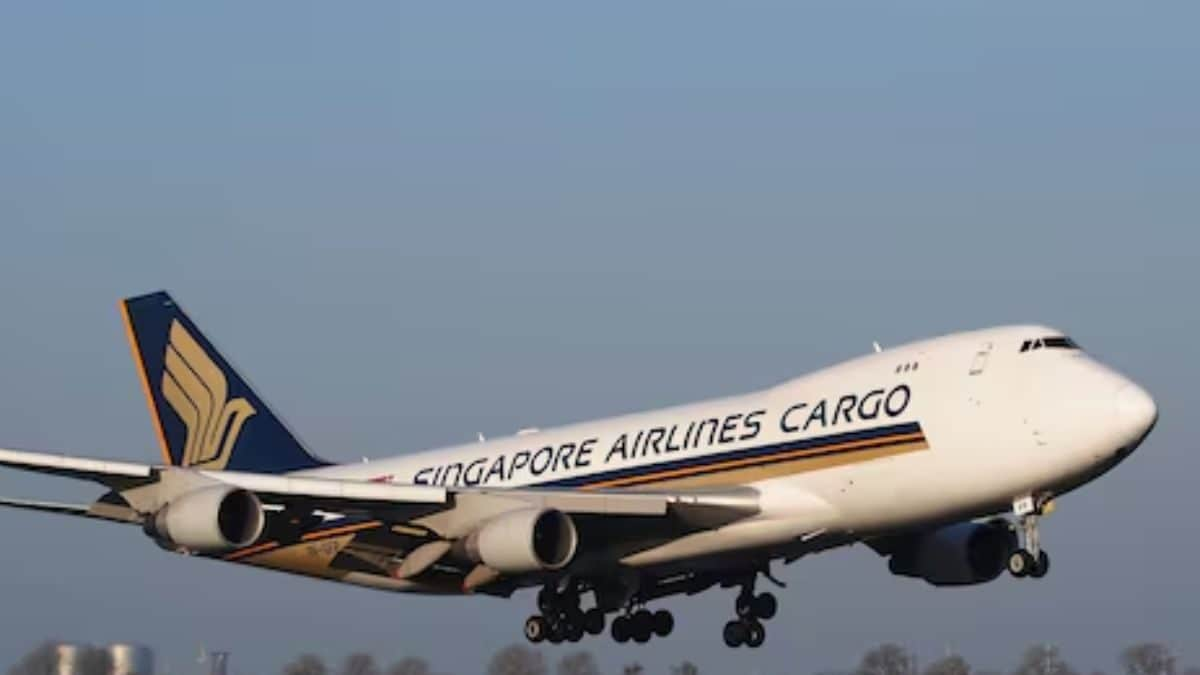
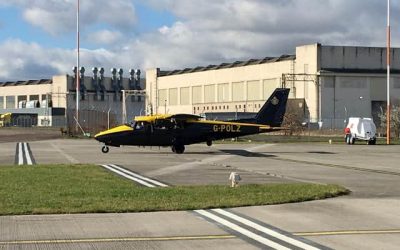
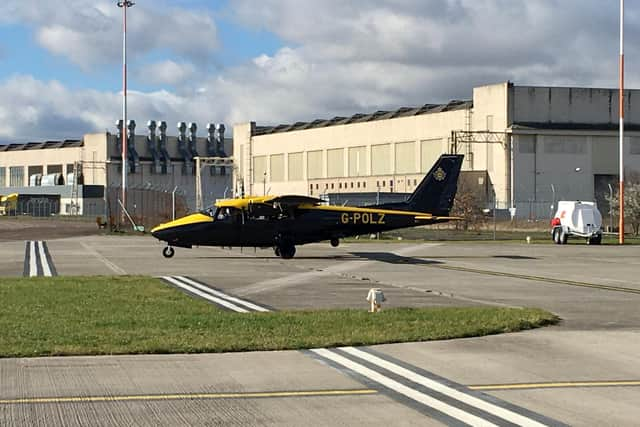


0 Comments